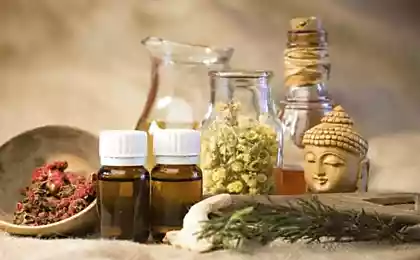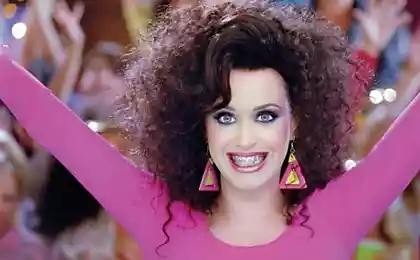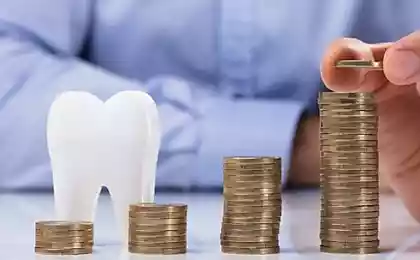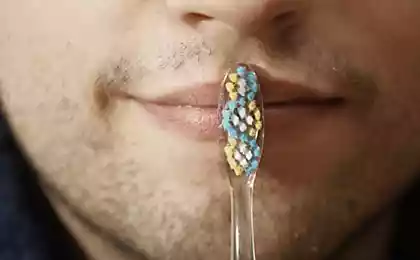198
What are non-ligature braces
Remember how in childhood we teased peers who wore old-style braces, and how these children were ashamed of their “decoration”. Children with wire on their teeth grew up, their smile became even and beautiful. Many of us have learned that we need to do something with our teeth.
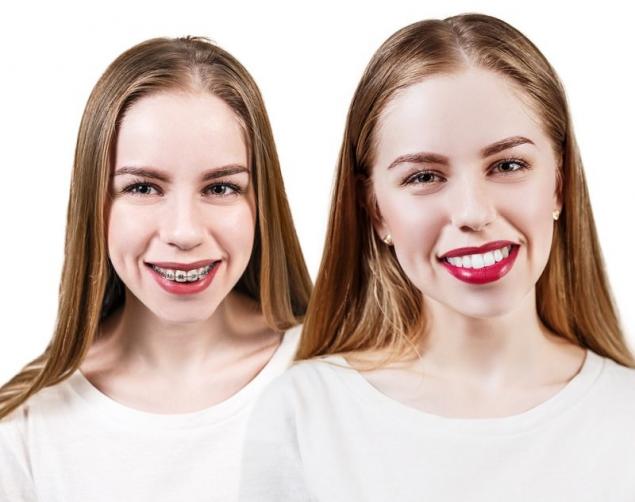
DepositPhotos
According to statistics, more than 80% (!) of adults have an incorrect bite. The vast majority of patients who see an orthodontist consider this problem to be adolescent and rather aesthetic, but it can seriously affect their overall health.
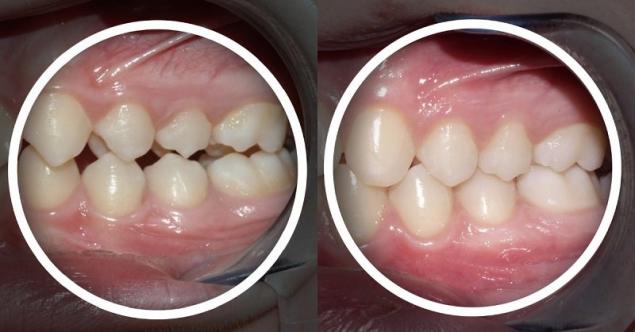
DepositPhotos
An incorrect bite causes headache, facial, ear pain, caries, periodontal disease, gingivitis, early tooth erasure, speech defects, even gastrointestinal diseases associated with poor-quality chewing of food. And this is not a complete list.

DepositPhotos
If the lower age limit for braces is set at about 12-14 years, then there is no upper limit. But what is stopping 80 percent of adults from getting braces? According to surveys, the main reasons are three: long, painful and too noticeable.
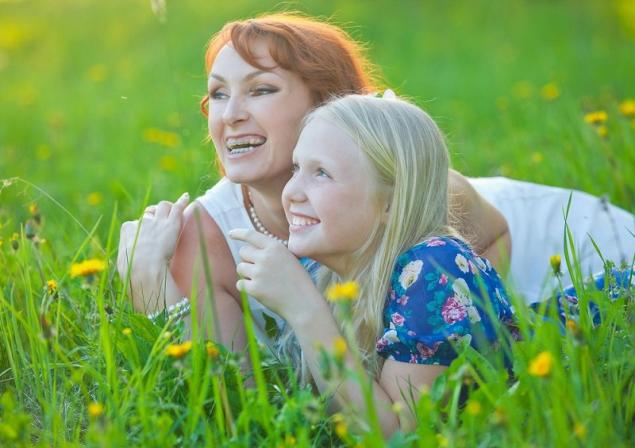
DepositPhotos
For all these reasons, modern dentistry, as it turned out, has its own solution: braces. Editorial "Site" It will tell you how they differ from the classics and why they have recently gained such popularity.
To understand what non-ligature braces are, you need to understand the structure of classic braces. They mainly consist of locks that stick to the surface of the teeth, and an orthodontic arc. These elements are connected to each other through ligatures.

DepositPhotos
A ligature is a wire or rubber ring with which the arc is attached to each bracket. It holds the arc in the grooves of the braces, does not allow it to move. From the Latin word ligare – to bind.

DepositPhotos
The main advantage of ligature braces is their affordable cost and versatility. Despite their functionality, ligatures quickly become unusable, stretch and change color, so for quality treatment, the patient often has to visit a doctor.
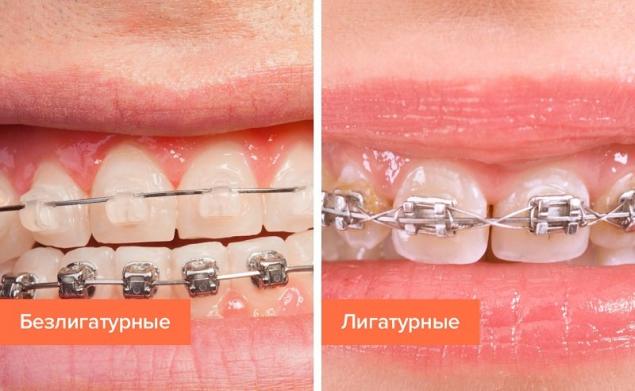
Wanting to make the bite correction more comfortable, manufacturers invented self-ligating braces. Instead of ligatures, they use latches with which the arc is attached to the lock itself.
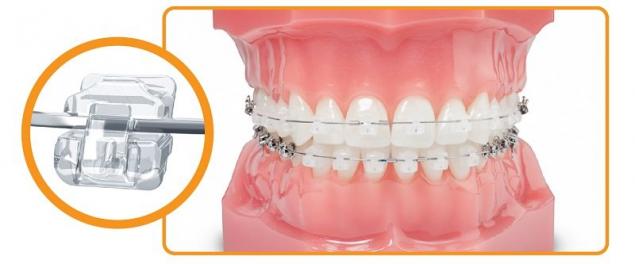
Such fixing elements are not subject to deformation, so correction can be made much less often. They also allow teeth to move in the right direction with minimal friction.
Non-ligature, or self-ligating, braces are considered by many orthodontists to be a breakthrough in the field of orthodontics, but they are also not without drawbacks. Not every specialist can understand the variety of braces, so let’s name their strengths and weaknesses.
Contraindications for the installation of braces can be divided into two large categories: relative and absolute. As is clear, from the names of these categories, in the first case the situation can be corrected, in the second it is impossible.
Relative contraindications
Absolute contraindications
Studies have shown that after orthodontic treatment in adult patients, self-esteem increases, physical condition improves, and self-confidence increases. And even their careers are beginning to develop more successfully.
A perfect example of the fact that braces are submissive to all ages is the Oscar-winning actress Faye Dunaway. The star of dozens of films, from Bonnie and Clyde to Thomas Crown's Scam, stepped out with braces on the red carpet of the Cannes Festival at 51.
Handsome and heartthrob Tom Cruise dared to install braces after 40 years. And who knows, without this procedure, his smile would be just as charming?
The main thing to remember is that orthodontic treatment is temporary. The braces will be removed. And in return, you will get perfectly smooth teeth and a delightful smile.
Despite all the assurances of dentists in the safety and convenience of implants, patients often listen to a variety of “horror stories” about implantation, which are persistently circulating among the population. Is it better to put implants or not to take risks? We'll work it out together.
It may seem that individual oral hygiene is not difficult and is the simplest procedure. That's not exactly true. Find out why dentists don’t recommend brushing your teeth right after breakfast.

DepositPhotos
According to statistics, more than 80% (!) of adults have an incorrect bite. The vast majority of patients who see an orthodontist consider this problem to be adolescent and rather aesthetic, but it can seriously affect their overall health.

DepositPhotos
An incorrect bite causes headache, facial, ear pain, caries, periodontal disease, gingivitis, early tooth erasure, speech defects, even gastrointestinal diseases associated with poor-quality chewing of food. And this is not a complete list.

DepositPhotos
If the lower age limit for braces is set at about 12-14 years, then there is no upper limit. But what is stopping 80 percent of adults from getting braces? According to surveys, the main reasons are three: long, painful and too noticeable.

DepositPhotos
For all these reasons, modern dentistry, as it turned out, has its own solution: braces. Editorial "Site" It will tell you how they differ from the classics and why they have recently gained such popularity.
To understand what non-ligature braces are, you need to understand the structure of classic braces. They mainly consist of locks that stick to the surface of the teeth, and an orthodontic arc. These elements are connected to each other through ligatures.

DepositPhotos
A ligature is a wire or rubber ring with which the arc is attached to each bracket. It holds the arc in the grooves of the braces, does not allow it to move. From the Latin word ligare – to bind.

DepositPhotos
The main advantage of ligature braces is their affordable cost and versatility. Despite their functionality, ligatures quickly become unusable, stretch and change color, so for quality treatment, the patient often has to visit a doctor.

Wanting to make the bite correction more comfortable, manufacturers invented self-ligating braces. Instead of ligatures, they use latches with which the arc is attached to the lock itself.

Such fixing elements are not subject to deformation, so correction can be made much less often. They also allow teeth to move in the right direction with minimal friction.
Non-ligature, or self-ligating, braces are considered by many orthodontists to be a breakthrough in the field of orthodontics, but they are also not without drawbacks. Not every specialist can understand the variety of braces, so let’s name their strengths and weaknesses.
- Aesthetics
Self-ligating brace systems look more aesthetic and neat. The locks in them are slightly smaller than those of classical designs, and the lack of wire and additional fastening elements visually “facilitates” the smile.
DepositPhotos - Degree of discomfort
Tight fixation of classic braces entails excessive pressure on the teeth, causing discomfort in the first days after the installation of the system. With self-ligating braces, pain is less common as the system works with less effort. The movement of teeth is smooth and natural. When wearing ligature braces, many patients complain of damage to the inside of the cheeks and lips, while braces This allows you to bypass this problem. Such devices not only align the teeth, but also stimulate blood supply in the soft tissues of the oral cavity. - Ease of care
The simpler the design, the easier it is to care for, so a significant difference between ligature and non-ligature braces is hygiene. In the case of classic braces, the patient will have to more carefully remove plaque and food residues that accumulate on metal or rubber ligatures. Caring for self-ligating systems is easier and more enjoyable. - Frequency of corrections
The main thing that distinguishes ligature braces from non-ligature braces is the frequency of correction. If a patient with a classical system needs to visit an orthodontist once every 3-4 weeks, then when choosing a self-ligator, this period increases to 6-8 weeks. For busy adults, this is essential. - Duration of visits to the doctor
Manufacturers of non-ligature braces claim that the patient’s time in the chair is reduced by about a third. - Total duration of treatment
Non-ligature devices make it possible to see the first result of wearing in 2-3 months. The period of such treatment is shorter than the classical one by 20-30% and passes almost imperceptibly for the patient, since unpleasant sensations in these situations are minimized. - Possibility of correcting single twisted teeth
Because the grooves in self-ligating braces are smaller than normal, the arc cannot be curved properly for each individual tooth. Thus, even if at the initial stage self-ligating braces accelerate the correction procedure, at the last stage the results of the correction are no different from the effects of conventional braces. - The price of braces
Undoubtedly, bracelet It is much more expensive, but this does not mean that the total cost of treatment will also be higher. Ask your orthodontist to tell you the prices not only for braces, but also for treatment with them. Often, the installation of expensive braces is cheaper in maintenance and correction.
Contraindications for the installation of braces can be divided into two large categories: relative and absolute. As is clear, from the names of these categories, in the first case the situation can be corrected, in the second it is impossible.
Relative contraindications
- Poor oral hygiene
Installing a brace system itself complicates the process of brushing teeth - it should be more thorough and lengthy. And if a person does not support oral hygiene at all, then no competent specialist will undertake to install an orthodontic apparatus. After all, this will significantly increase the risk of complications and the development of inflammatory processes. However, to overcome this difficulty is quite simple: you only need willpower to regularly and efficiently brush your teeth.
DepositPhotos - Tooth decay
Braces cannot be installed on rotting teeth. The way out is quite simple: you need to conduct preliminary therapeutic treatment of teeth and get rid of all the “holes”. - Acute paradontitis
The inflammatory process in the mouth will not allow you to install braces. This can be both painful and useless. There is a way out: it is enough to remove the exacerbation. After all, paradontitis in remission (that is, relatively stable condition) is not a contraindication to orthodontic treatment. - An allergic reaction
Braces are a foreign object for the body, constantly in contact with the sensitive oral mucosa. Its parts (metal or plastic) can cause an allergic reaction. Fortunately, today the choice of materials for the manufacture of braces is quite wide: from the usual metal to sapphire braces. And in almost all cases, you can choose a combination that will not cause allergic reactions.
Absolute contraindications
- Lack of a large number of teeth.
- Tuberculosis.
- Severe diseases of the immune and endocrine systems, including diabetes.
- Blood diseases (leukemia, hemolytic anemia and others).
- Bone pathology.
Studies have shown that after orthodontic treatment in adult patients, self-esteem increases, physical condition improves, and self-confidence increases. And even their careers are beginning to develop more successfully.
A perfect example of the fact that braces are submissive to all ages is the Oscar-winning actress Faye Dunaway. The star of dozens of films, from Bonnie and Clyde to Thomas Crown's Scam, stepped out with braces on the red carpet of the Cannes Festival at 51.
Handsome and heartthrob Tom Cruise dared to install braces after 40 years. And who knows, without this procedure, his smile would be just as charming?
The main thing to remember is that orthodontic treatment is temporary. The braces will be removed. And in return, you will get perfectly smooth teeth and a delightful smile.
Despite all the assurances of dentists in the safety and convenience of implants, patients often listen to a variety of “horror stories” about implantation, which are persistently circulating among the population. Is it better to put implants or not to take risks? We'll work it out together.
It may seem that individual oral hygiene is not difficult and is the simplest procedure. That's not exactly true. Find out why dentists don’t recommend brushing your teeth right after breakfast.

